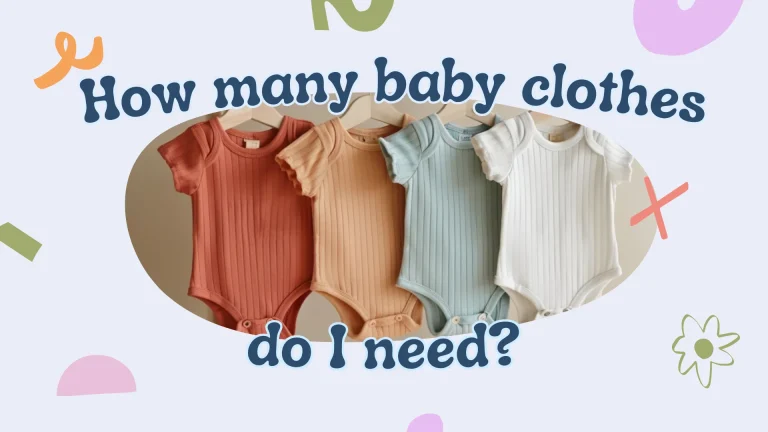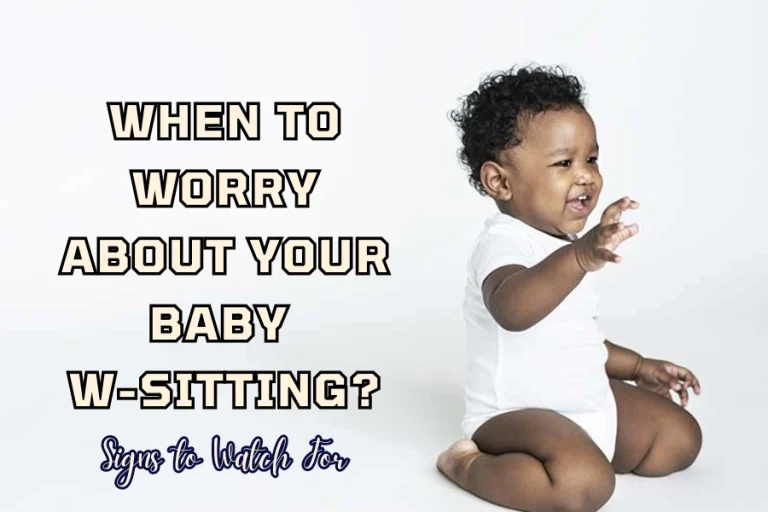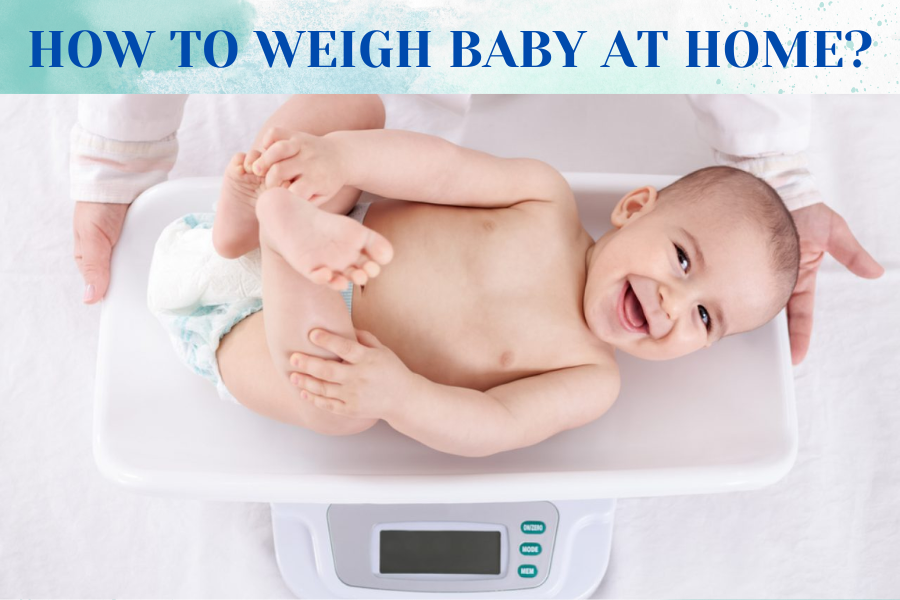
Weight gain is a key indicator to track the health of your baby. If a baby is not gaining weight as expected, it might signal an underlying health issue or a requirement for dietary adjustments. Thus, you need to track your baby regularly to keep you updated about their well-being.
Weighing a baby at home sounds like a simple task, but you will need some tips on how to weigh baby at home in the right way. In this guide, we will tell you 4 easy ways to weigh your baby right home, as well as provide you with practical tips and step-by-step instructions. Read on to discover how simple weighing a baby can be!
Tips Before Weighing Your Baby
To ensure the weighing result is accurate, you need to master some tips below:
- Check if the scale is weighing accurately or not
- The baby should be naked or wearing a clean diaper
- Weigh your baby around the same time of the day, ideally before breastfeeding or a baby meal
- Make sure you are not touching the scale or leaning on it
- If your baby is crying and moving so much, try to calm the baby down or weigh again later. Sometimes, you can weigh even when the baby is sleeping.
- Write down the weight in kilograms going with the date
How To Weigh Baby At Home
Weighing a baby at home doesn’t require specialized equipment or professional skills. You will need a scale, of course. But what kind of scale and how to weigh your baby accurately? There are 3 ways for you to choose from.
Use Digital Baby Scales
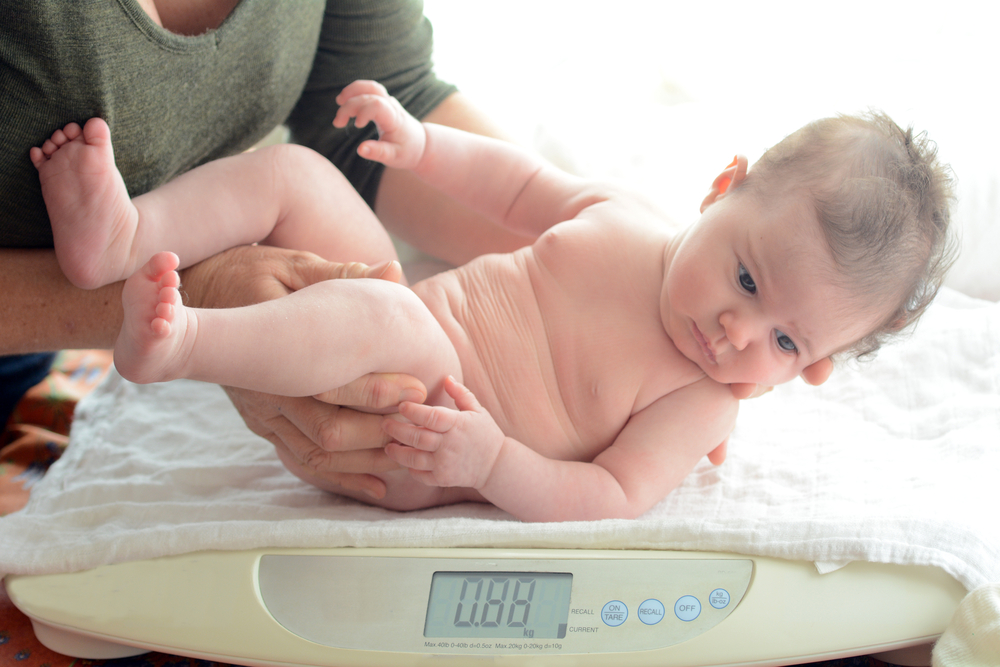
Baby scales are the best choice because they can provide the most accurate weights. It is a weighing equipment specifically used for weighing babies and small toddlers, espcially weighing newborn at home. You will find it no difficulty to do the weighing with this scale. Here is a step-by-step instruction for how to use a baby scale:
- Place the scale on a non-carpet, even, and hard surface. The ideal surface is the floor.
- Clean the scale surface
- Set the scale to zero after weighing a clean cloth (for the baby to lie or sit on)
- Place your baby carefully at the center of the scale. The baby should not wear baby clothes or just wear a clean diaper
- Write down the weight with the date
Use Electronic Luggage Scales
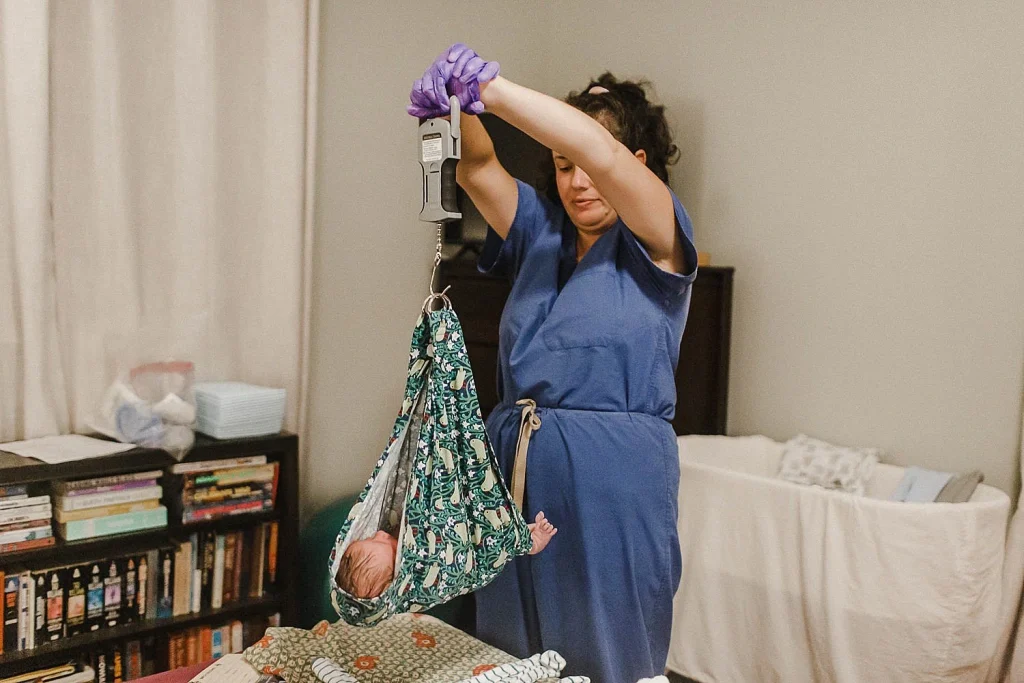
While it’s not ideal, you can use an electronic luggage scale to weigh your baby. A luggage scale, baggage or suitcase scale, is a portable device used to measure the weight of the luggage. It can help you to avoid overweight luggage fees at the airport. Luggage scales are usually very compact and lightweight.
Most have a digital display that clearly shows the weight in pounds or kilograms. They also come with a hook or strap to help attach to the luggage. And this kind of weighing scale is reliable. Here’s a guide on how to weight baby at home with luggage scale :
- Double-check the sturdiness of the hook and the whole stability of the scale
- Ensure the scale can handle the weight of the baby. Most electronic luggage scales can weigh up to 100 pounds. So they can weigh your newborn.
- Ideally, you should place your baby in a sling for the safest. If you don’t have a sling, you can use a car seat or a basket. Or else, you can tie up the ends of a baby blanket and keep the baby inside. Remember to change a clean diaper before weighing.
- Weigh the sling/ car seat/ basket/ blanket so that you can subtract it from the whole weight later. Don’t forget to turn the scale back to zero before weighing the baby
- Raise the scale off the surface carefully to weigh the baby. Do this as close to the surface or floor as possible to ensure the safest for your baby.
- Note down the weight and the date
Use Electronic Bathroom Scales
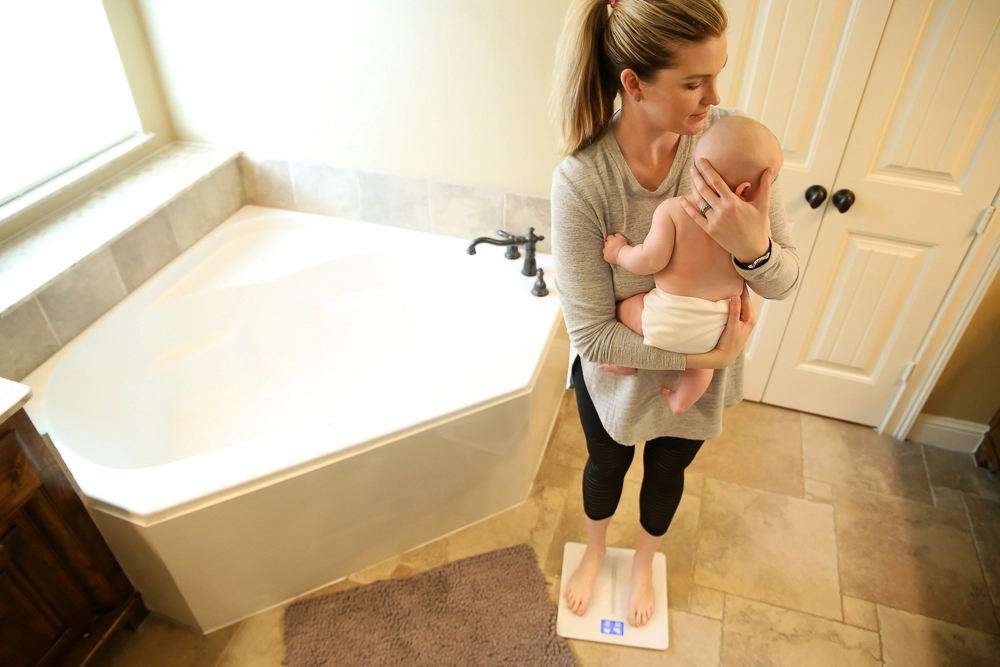
It’s possible to weigh your baby using an electronic bathroom scale in a pinch. However, this is the most inaccurate or recommended method. Bathroom scales are designed for adults and may not be sensitive enough to measure a baby’s weight, especially for newborns precisely.
In case you need to weigh your baby and can’t find a proper scale, follow this instruction:
- Make sure the surface of the scale dry and clean
- Place it on an even, flat and hard surface
- Hold a clean diaper and weigh yourself. Write down the number
- Hold your baby wearing a clean diaper or naked, and weigh again with your baby. Write down the number
- Subtract the first weight from the second weight and you will have the weight of your baby.
How To Check Your Scale
Before measuring the weight of your baby, you should check if the scale is accurate or not. Choose something with a known weight, such as a bag of flour or a package of sugar with the weight clearly labeled). Then weigh it and make sure that the scale is reading the same weight.
If the weight is different, the scale may be broken or has low battery power. Place batteries and do the weigh check again. If nothing changes, then it’s time for you to buy a new scale.
Why Do You Need To Weigh Your Baby Regularly?
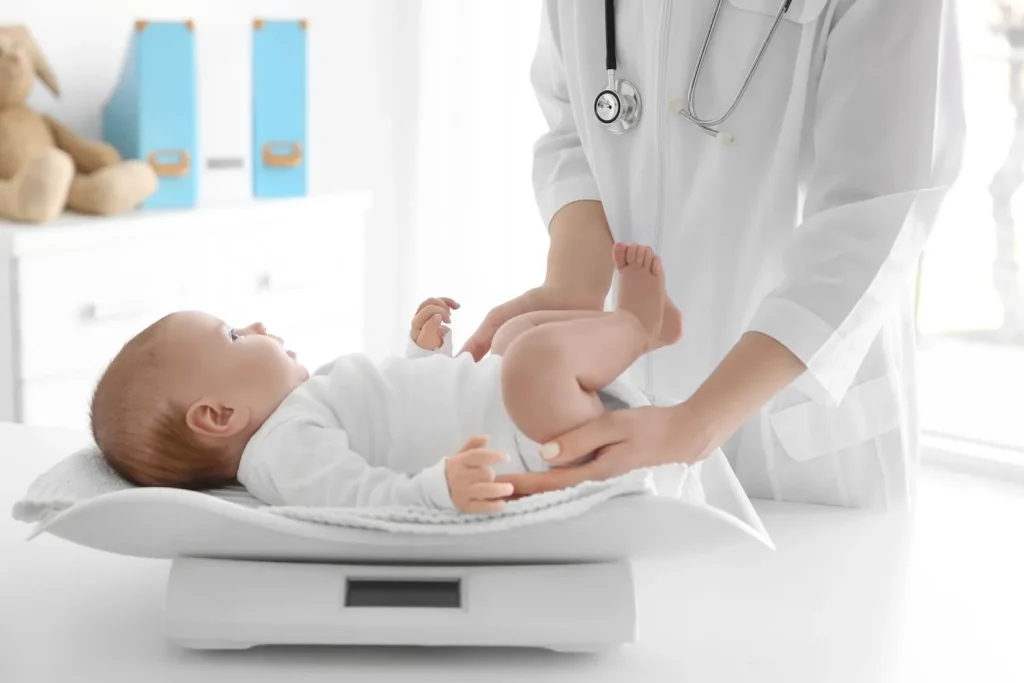
Monitoring a baby’s weight is very important and you shouldn’t skip it. It involves with the health of infants and here’s the reason why:
- Weight is an important indicator to show us how is a baby’s overall health. A consistent baby weight gain throughout infancy can tell proper development.
- Sudden weight changes, either rapid gain or loss, can signal potential health concerns. The causes may be illness, growth spurts, or feeding difficulties. Regular weighings help identify these fluctuations so that you can take your baby to the doctor for a checkup.
How Often Should You Weigh Your Baby?
You don’t need to weigh your baby so often. Typically, you can do the weighing following this timeframe :
- After 2 weeks to 6 months: once a month
- From 6 months to 12 months: every 2 months
- Over 12 months: every 3 months1
If you have any concerns about your baby’s growth or your doctor recommends, your baby can be weighed more often.
Final Words,
You’ve read through our guide on “How to weigh baby at home”. It is nothing complicated if you follow the instructions. If you still don’t have a scale yet, it’s time for you to buy one. A baby scale is the best choice. Luggage scale is another good option. A bathroom scale will be the last choice in case you can’t find another scale to weigh your baby.
Sources
- Website, N. (2023, September 25). Your baby’s weight and height. nhs.uk. https://www.nhs.uk/conditions/baby/babys-development/height-weight-and-reviews/baby-height-and-weight/#:~:text=After%20the%20first%202%20weeks,over%20the%20age%20of%201 ↩︎

